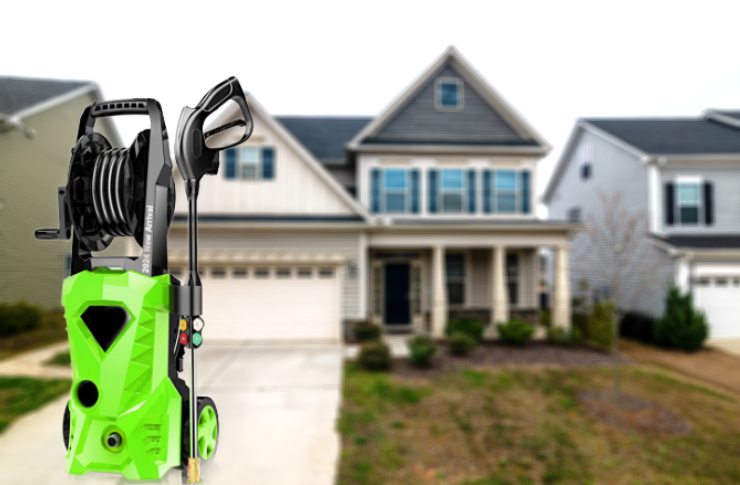Essential Home Pest Control: A Complete Protection Guide
Protect your home and family from insects and rodents with practical, proven pest control strategies. This guide covers prevention tips, early warning signs, DIY versus professional approaches, and safe treatment options so you can keep your living space clean and pest-free. Learn how to prevent infestations, recognize issues early, and choose cost-effective solutions for lasting protection.

Introduction Keeping a residence free of pests requires a balanced mix of prevention, vigilance, and timely action. Whether you are dealing with ants, cockroaches, mice, or beetles, understanding how infestations start and which remedies work best will help you protect your property and the health of household members.
Prevention - The First Line of Defense Preventing pests is usually far cheaper and less disruptive than treating an established infestation. Begin by closing off likely entry points along the foundation, around windows, doors, and utility penetrations. Store food in sealed, airtight containers and clean up crumbs, spills, and food residues immediately. Regular trash removal and secured garbage bins reduce attractants, and eliminating standing water around the yard or in gutters diminishes breeding sites for insects.
How to Recognize an Infestation Early Spotting a problem early can save time and money. Typical indicators include droppings, unusual or persistent odors, and bite or gnaw marks on wood, insulation, or wiring. Visible activity such as live or dead insects, shed wings, egg cases, or sawdust-like frass can point to insect issues. For rodents, listen for scratching or scurrying sounds in walls and attics, especially at night.
DIY Versus Professional Treatment Small, localized pest issues can often be controlled with do-it-yourself measures—traps, baits, or targeted natural remedies. However, larger or recurring infestations usually benefit from professional intervention. Licensed pest control technicians provide tailored treatment plans, access to commercial-grade products and equipment, and expertise in safely managing different species and nesting sites.
Common Treatment Options and Typical Costs Below are typical treatment types and their general cost ranges. Prices vary by region, severity, and provider, so consider obtaining multiple estimates. - Chemical treatments: suited for heavy infestations; typical cost range $150–$300 per treatment - Natural solutions: appropriate for minor problems or as supplemental measures; typical cost range $20–$50 per application - Preventive service plans: ongoing protection and monitoring; typical monthly cost $40–$70 - Emergency services: immediate response for urgent issues; typical cost range $200–$400 per visit Prices and estimates are indicative and may change; independent research and local quotes are recommended before committing financially.
Maintaining a Pest-Free Home Long-Term Sustained success relies on regular upkeep. Schedule routine inspections of your property, keep landscaping trimmed away from the house, and repair leaks or structural damage promptly to remove shelter and moisture sources. Adopt consistent cleaning habits and disciplined food storage to make your home unattractive to pests.
Conclusion An effective pest control strategy blends prevention, early detection, and appropriate treatment. Whether you opt for DIY fixes or professional services, staying informed and responding quickly to signs of pests is the best defense. Ongoing monitoring, maintenance, and timely repairs provide long-term protection and help preserve a healthy, comfortable living environment.






